The dragonfly is a fascinating and captivating insect that darts around in a graceful pattern in your yard, in the woods and amidst the meadows or tall grasses looking for food. It is also common to see dragonflies near and around bodies of water where they lay their eggs. Despite their name, the dragonfly is not a species of fly but rather a part of the Odonata group of insects, which also includes damselflies. They come in a variety of beautiful patterns and colors making them an attractive subject for the wildlife filmmaker.
As the dragonfly circles about, they are totally unaware of our interest in their habits and beauty. They have been around for over 300 million years. You can learn how to film wildlife as you feel a fascination for this beautiful part of nature. The dragonfly spends the majority of its life in the larvae stage up to three years. They are born wingless but have a special attachment on the top of their heads that is used to spear small fish. The dragonfly is a predator from birth, eating the fish while in their larvae stage, choosing to dine on many other flying insects as adults. Their many habits make them a great subject for wildlife video.
Dragonflies have two sets of wings that are predominantly transparent. Their front wings are a bit longer than their back wings, which is used for speed and abilities to move in any direction quickly. Because they dine on many insects, the dragonfly is a great resource in controlling the mosquito population, along with other pests that are a nuisance to humans.
There are several varieties of dragonflies that frequent the Midwest areas of the United States and, besides being drawn to water; they are often seen hovering over bushy grasslands and meadows in search of food. One Midwestern dweller is known as the Green Darner that resides in other areas throughout the United States, although it prefers to be around a water source. It is a large dragonfly, ranging from 2-3/4 to 3-1/4 inches wing span. The male and female differ in color with both sexes having a green thorax and a mark on the face like a target. Females have a purple to gray abdomen.
The Walker Shadow Darner is a large dragonfly with clear wings and small abdomen. Colors are dark brown with greenish-yellow stripes and blue dorsal spot accents. The Swamp Darner has a heavy body with a slender abdomen, brown with green stripes on the thorax and large blue-green eyes. The Unicorn Clubtail is a mid-sized dragonfly of the Midwest with eyes that are separated and the abdomen thin to slightly thick at the tip. Their body is a dark brown with pale green broad stripes on the thorax and yellow accents on the dorsal. These are just a select few of the many types of dragonflies we see daily anytime between May and July.
In learning how to film wildlife, you can try creating your own dragonfly garden by providing a flat water container such as a bird bath along with planting tall grasses, Iris flowers and other elements that are attractive to birds. With more than 447 beautiful species of dragonflies throughout the United States, it would be easy to be a wildlife filmmaker. Wildlife video could capture the many dragonflies that could clock between 34 and 60 miles per hour. These amazing creatures present no harm to humans and are an asset in keeping down the insect population.
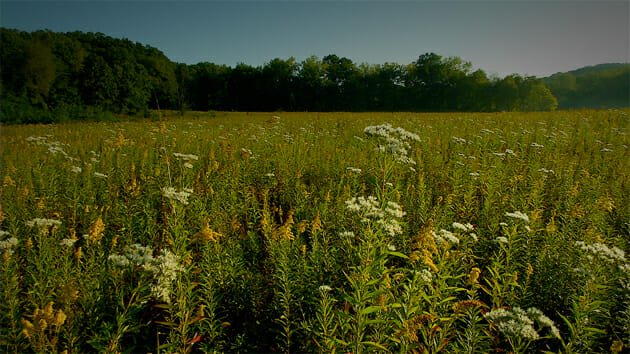


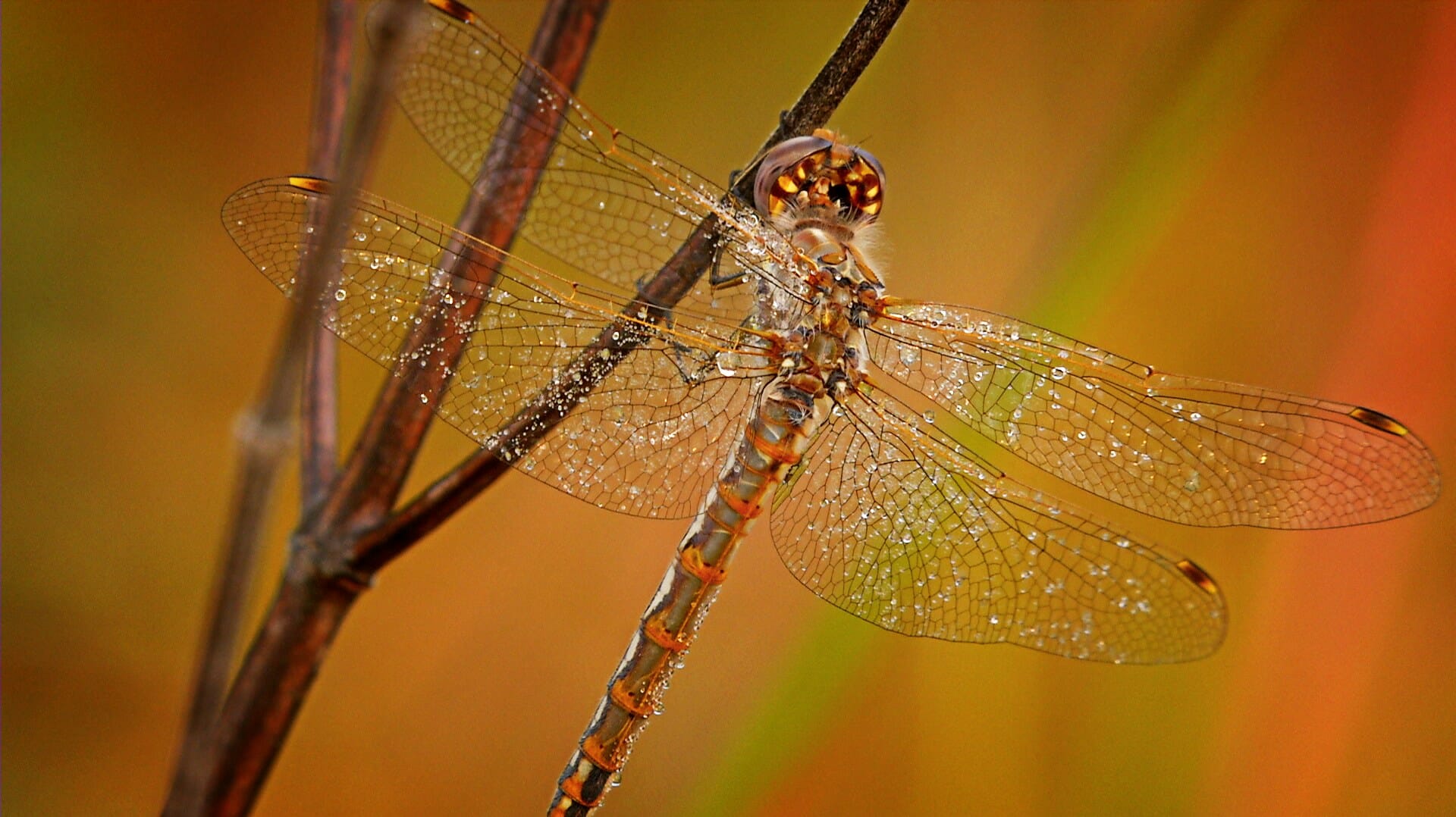

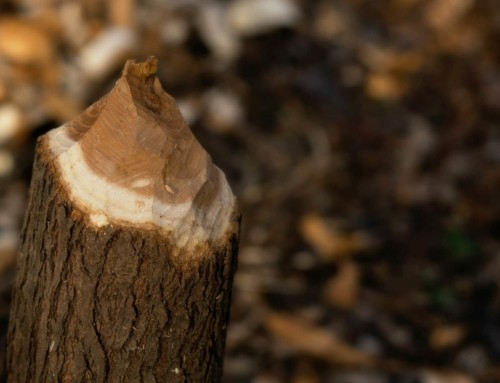
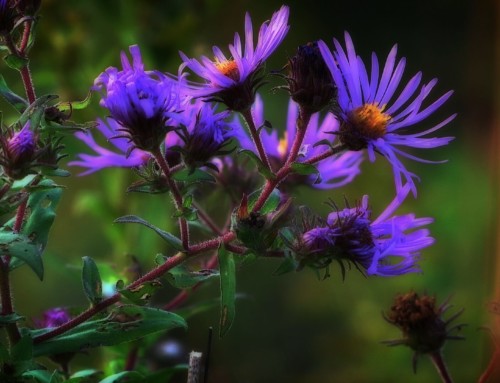
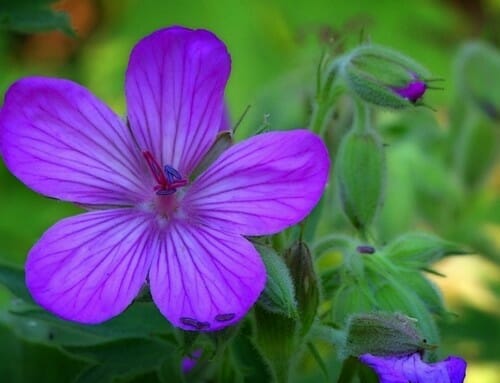
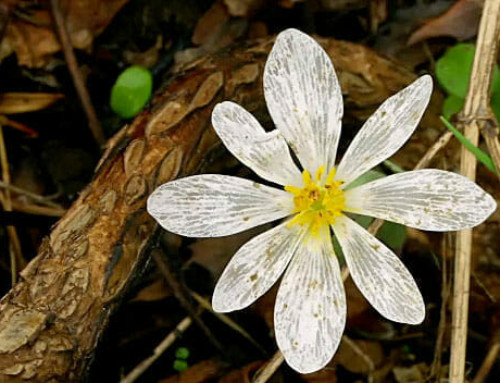
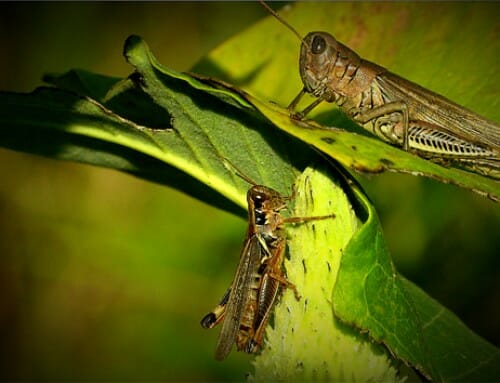
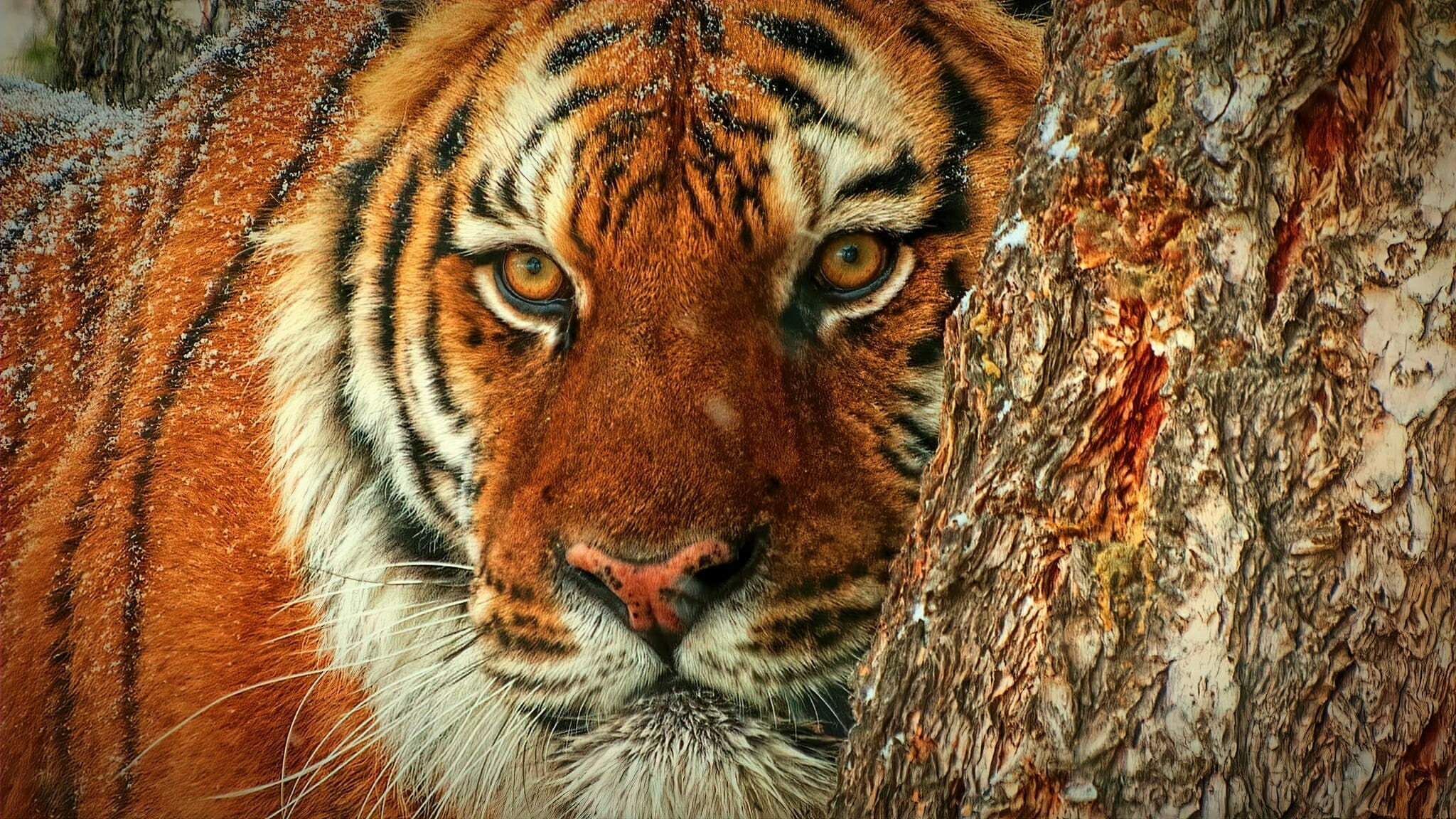
Leave A Comment
You must be logged in to post a comment.